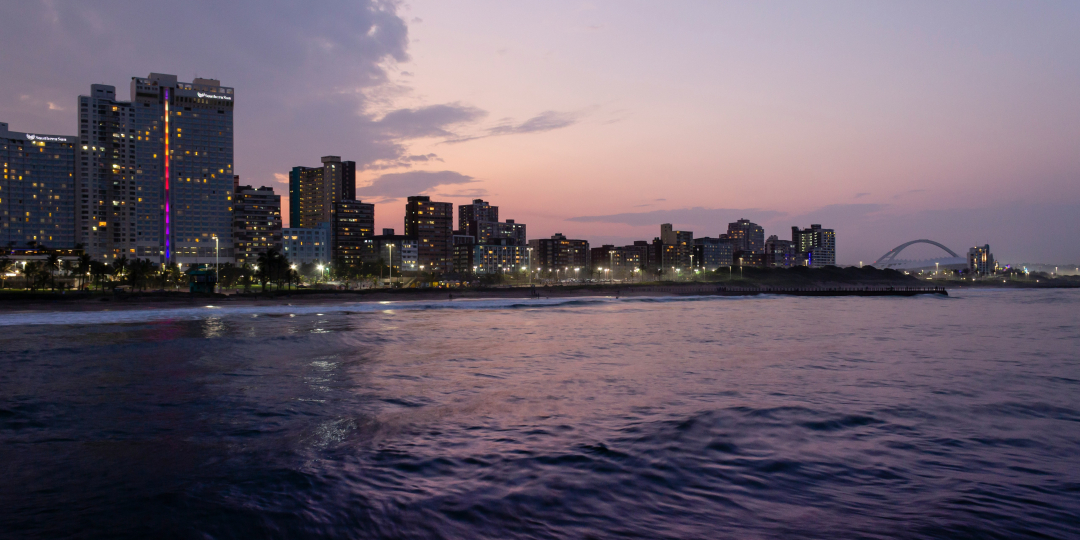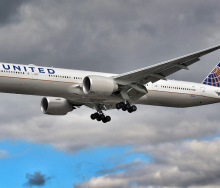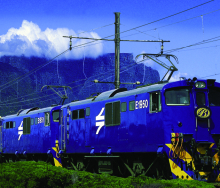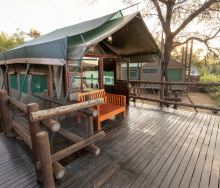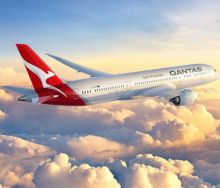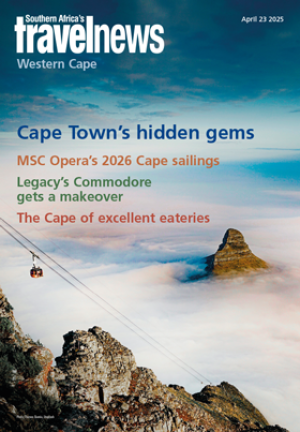While domestic tourism to Durban is stable, the number of international visitors to KZN remains 80% below pre-COVID levels. This is a strong driver for Durban’s air route development committee, Durban Direct, to prioritise the improvement of air access into the city.
Durban Direct was established to improve access to KZN and is a collaborative initiative between several stakeholders with the aim of attracting direct flights, foreign business interest, investment and tourism.
Although the province has 364 weekly frequencies on domestic routes, international routes are served by only 22 frequencies, according to Durban Direct’s data. International traffic through King Shaka International Airport in 2023 remained 39% below pre-pandemic levels.
Causes
Other than the lack of direct flights, other factors are keeping tourists away. The lack of maintenance by the municipality and province, the slow pace of repairs to flood-damaged infrastructure and beachfront crime and grime are some of them.
Barry Fuller, Owner of Ricksha Tours, a tour operator in Durban, says the city is still battling with public safety. This he says, along with poor municipal maintenance, is turning off tourists.
The province is still struggling to repair its water and sewerage systems following the severe flooding in 2022. This has resulted in beaches with sewage-compromised water and also led to general water restrictions, says Fuller.
Furthermore, the beachfront ridge, which is the ‘tourist area’, is the domain of homeless people and is a hot-bed of illicit activity. Hotels have had to invest in guest-safety measures such as additional security outside the hotel to escort guests to and from their transfers.
“Durban does have a security problem, but I have convinced international tourists that it is worth visiting Durban and, despite their doubts, they enjoy it. You have to know how to handle tourists, take them to the right areas, and advise them to remain street smart,” says Fuller.
Airlift and tourism
FEDHASA reports that domestic bookings for December are showing promising signs of recovery, but it believes there will still be a significant lag in the return of international visitors.
“For the amount of tourism Durban currently has, the airlift is sufficient. But if Durban is going to grow the tourism market again, then it needs more diversity in airlift and, that is why we need more airlines to come into the province,” says Brett Tungay, Board Member of FEDHASA East Coast.
According to FEDHASA, King Shaka International Airport’s landing fees are less than other South African airports, but this alone is not enough to attract more international carriers – the airport needs to demonstrate sustained international tourist demand.
“Many airlines are struggling with limited fleet capacity, pushing them to prioritise only the most profitable routes. This poses a challenge for Durban Direct as it works to keep KZN on the radar of these carriers,” says Thulisile Galelekile, Durban Direct Marketing Sub-Committee Chair.
Durban, post-pandemic, has retained only three intercontinental airlines – Emirates, Turkish Airlines, and Qatar Airways – and has more recently attracted Airlink (DUR-HRE), Proflight (DUR-LUN) and Eswatini (DUR-MTS).
The committee is now working towards attracting new direct and indirect international services through destination marketing.
One of Durban Direct’s primary goals is to encourage airlines like Qatar Airways to establish direct (unlinked) flights to KZN, to eliminate layovers and make the province more accessible to global travellers. It’s also prioritising the restoration of previously popular routes, such as the critical British Airways' Heathrow-Durban route, and the Mauritius route.
Fuller says the majority of Durban Tourism’s recent investments have been in the local tourism market, particularly in areas like Umhlanga. However, he agrees there is a need to focus more on the international market and improve international access to the province.
Many international tourists avoid connecting flights to Durban through Johannesburg because they find it difficult to navigate OR Tambo and often lose their luggage, says Fuller. For this reason, they prefer flights into Durban, via connections in the Middle East. This is one of the main reasons there is a need for more direct flights to Durban, according to Fuller.
Plan
Durban Direct has developed a strategic plan focused on re-establishing interest in air routes to KZN and repositioning the province as a good tourism and business destination.
It’s a two-pronged approach – firstly to build a compelling case for airlines by demonstrating market potential and route opportunities and secondly to use destination marketing to encourage global awareness of KZN’s unique offerings – its cultural heritage, landscapes and business potential.
A second Durban-based inbound operator who declined to be named, told Travel News he expected direct flights between India and Durban within 12 months, naming either Indigo or Vistara as the likely provider.
“With South Africa’s position in BRICS, the word is that volumes from India could soon increase ten-fold. India is booming right now, and South Africa should certainly get a piece of that,” said the operator.
“It’s good news is that Indian visas to South Africa have become faster and more efficient. It’s currently a five-day wait in Delhi. Mumbai is next.”
Robust marketing
Galelekile explains that competing with established global destinations requires robust marketing and a cohesive branding effort that highlights KZN's appeal to tourists and investors.
“There are a lot of initiatives that are trying to change the tourism outlook in the province and they are slowly starting to bear fruit. It's not going to be very fast, but I'd say we're going to see a turnaround in the next 12 months.”

